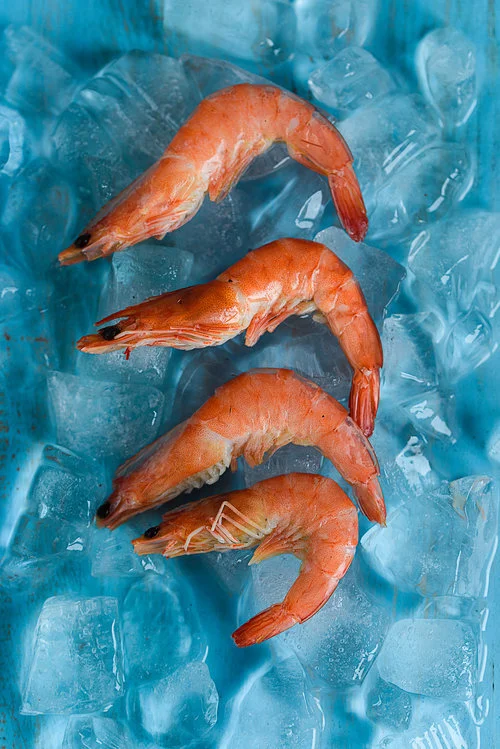Shrimp from Vietnam
/PHOTO BY AM FL @AMFL
People in the West are having more and more concerns about where their food is coming from. This is especially true for seafood. Look at this list from EcoWatch, which is a list of all the seafood that I like to eat - the advice is to not! Then there is this article about shrimp from Consumer Reports (on EcoWatch’s website) - 60% of raw shrimp bought at US supermarkets tested positive for bacteria. Vietnam was on the list at 58% of the samples tainted, but even for Argentina and US wild caught shrimp, bacteria levels in samples were high (33% and 20%, respectively). Many samples also had antibiotic residue, which likely means that the shrimp were fed antibiotics, something that is not great for antibiotic resistance globally and should have stopped these from entering the US.
Seafood Watch by the Monterey Bay Aquarium is the main organization that makes recommendations in the US. In the UK, one organization is the Marine Conservation Society. I am sure other countries have the same thing. And they are sounding alarms about the source of most seafood.
Because of this background, I was happy to see this article about the Minh Phu Seafood company partnering with Seafood Watch to improve the sustainability of the Vietnamese shrimp business. The plan is to have self audits and independent audits in every province so that buyers can be assured that what they are buying is safe to eat. It will be interesting to see how they implement this.
The goal is to increase the sustainability and health of shrimp supplies in Vietnam. And of course to help exports, which are a big business. Shrimp exports are expected to exceed $4bn in 2019, up after a weak 2018 ($3.55bn, down 7.8% from 2017). See the chart on the left below with food exports from Vietnam.
Minh Phu actually bucked the overall trend, with the value of total exports up 8% in 2018, mostly due to volume (prices fell slightly). However, they did miss their guidance of $800m, but did $751m for the year. This equated to 21% market share, compared to 18% in 2017.
Year-to-date (through June), Minh Phu’s total export value was up just 1% ($286m), but signed contract value is for $425m, exactly half of their 2019 guidance of $850m. (See chart below on the right). The second half is always a bigger season. Again volumes are up more (3%) than value (1%), because of lower prices. This new initiative is clearly supposed to help the company’s and Vietnam’s competitive positioning, which should help volumes and potentially prices, if Vietnam can actually due sustainable aquaculture.
I am going to spend a few days on Minh Phu, because I find it an interesting case study. The stock is actually trading at a fairly reasonable valuation (8.8x trailing P/E, 8.7x trailing EV/EBITDA). It recently sold a big chunk of shares (60m, or 30%) to Mitsui, a Japanese conglomerate. And interestingly their exports to Japan in the first half of this year were down 15%, so hopefully this investment will allow Minh Phu better access to the Japanese market. More tomorrow.
FOOD EXPORTS LARGE AND STILL GROWING. SOURCE: WORLD BANK
MINH PHU EXPORTS, 2017-1H2019. SOURCE: COMPANY DATA




